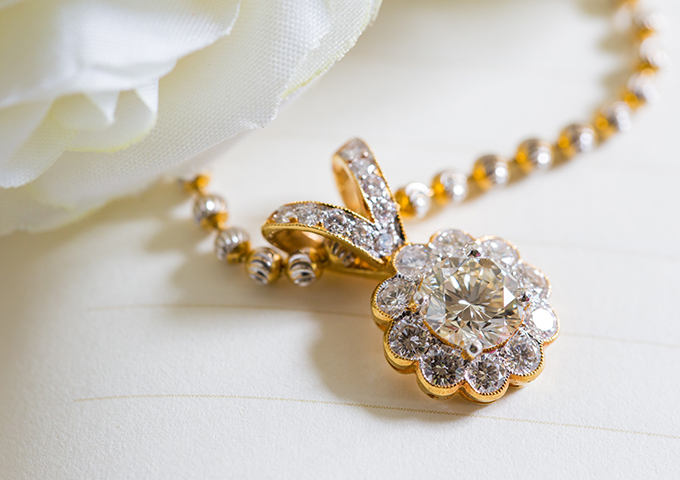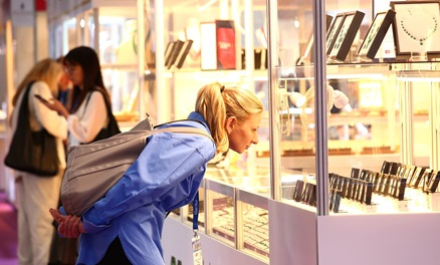Buyers from Asia are fuelling business in the jewellery and gemstone industry, which continues to face lacklustre demand from an economically challenged China.
Countries like Indonesia, the Philippines, Vietnam and India are providing impetus to the jewellery trade, somehow offsetting minimal buying activity from mainland Chinese customers, revealed industry stakeholders.
China is facing a rough road ahead, exacerbated by property woes, weak consumption and high youth unemployment. Ratings agency Moody’s earlier predicted that China’s economic growth will be 4 per cent in 2024 and 2025, and average 3.8 per cent from 2026 to 2030. By comparison, China’s gross domestic product grew 5.2 per cent last year and 3 per cent and 8.4 per cent in 2022 and 2021, respectively.
Jewellery and gemstone companies at the recently concluded March Hong Kong Fairs organised by the Hong Kong Trade Development Council (HKTDC) said China could fully recover in 2025 or 2026 once the country returns to stability.
Giulia Callegari, owner of Italian fine jeweller FerriFirenze, said mainland buyers were reluctant to spend money outside of China and would often request to use digital apps such as Alipay or UnionPay to settle accounts, which FerriFirenze was not able to accommodate.
The company official likewise observed steady buying activity from other Asian markets. “We noticed new and growing demand from markets like Vietnam and the Philippines, which were not a market of focus for us before,” Callegari explained. “So far, it is still a positive trend because weaker sales in China are offset by rising demand from other emerging markets.”
Meanwhile, the trade is seeing a more varied set of buyers, which is a welcome development. Jonathan Cheng, director of Rio Pearl, said customers from different parts of Asia, Europe and some from Russia, were present at the show. Demand for pearls, he added, remained stable as well.
“What we want to see is a diverse range of clients,” he noted. “It is good for any industry to have buyer diversity and not be locked in one country because if its economy falters, that could lead to lower demand.”
Grace Pearl (HK) Co Ltd Chairman and General Manager Zhan Weijian also maintained a positive outlook for pearls. He remarked, “The pearl business could be slightly slower in 2024 compared to 2023, but it will maintain a favourable pace (of growth). E-commerce for pearl jewellery has performed steadily as among the most sought-after jewellery categories among consumers.”
Salil Shah, owner of fine jewellery manufacturer Diamrusa, said what is driving the market now are India and the Middle East. “China is very quiet,” he noted. "Apart from India and Middle East, there is also a bit of business in the US and Europe. But I do not see the situation improving in the next two years. It will take some time.”
For his part, Monto Badhalia, founder of Taiwan-based Rare Gems Co Ltd, cited stable demand for top-quality gems such as emeralds, rubies and sapphires. The company recently found new clients from Taiwan and India as well as China. “There is always solid demand for premium gemstones like Colombian emeralds and Burmese rubies and sapphires,” noted Badhalia.
Unique Brilliant Ltd’s Denise Adelaide Sjuman, agreed, adding that rare gemstones enjoyed steady demand as buyers view these as investment pieces and a store of wealth and value.
While demand for the so-called Big Three of the gemstone trade – ruby, sapphire and emerald – remains stable, supply has become even tighter, revealed Ron Rahmanan, vice president of US-based Sara Gem Corp. “And demand is even stronger for the extra-fine, investment-type stones. I would say the most popular stones are those below 10 carats. For us, those between 2 carats and 6 carats are consistently sought after,” noted Rahmanan.










